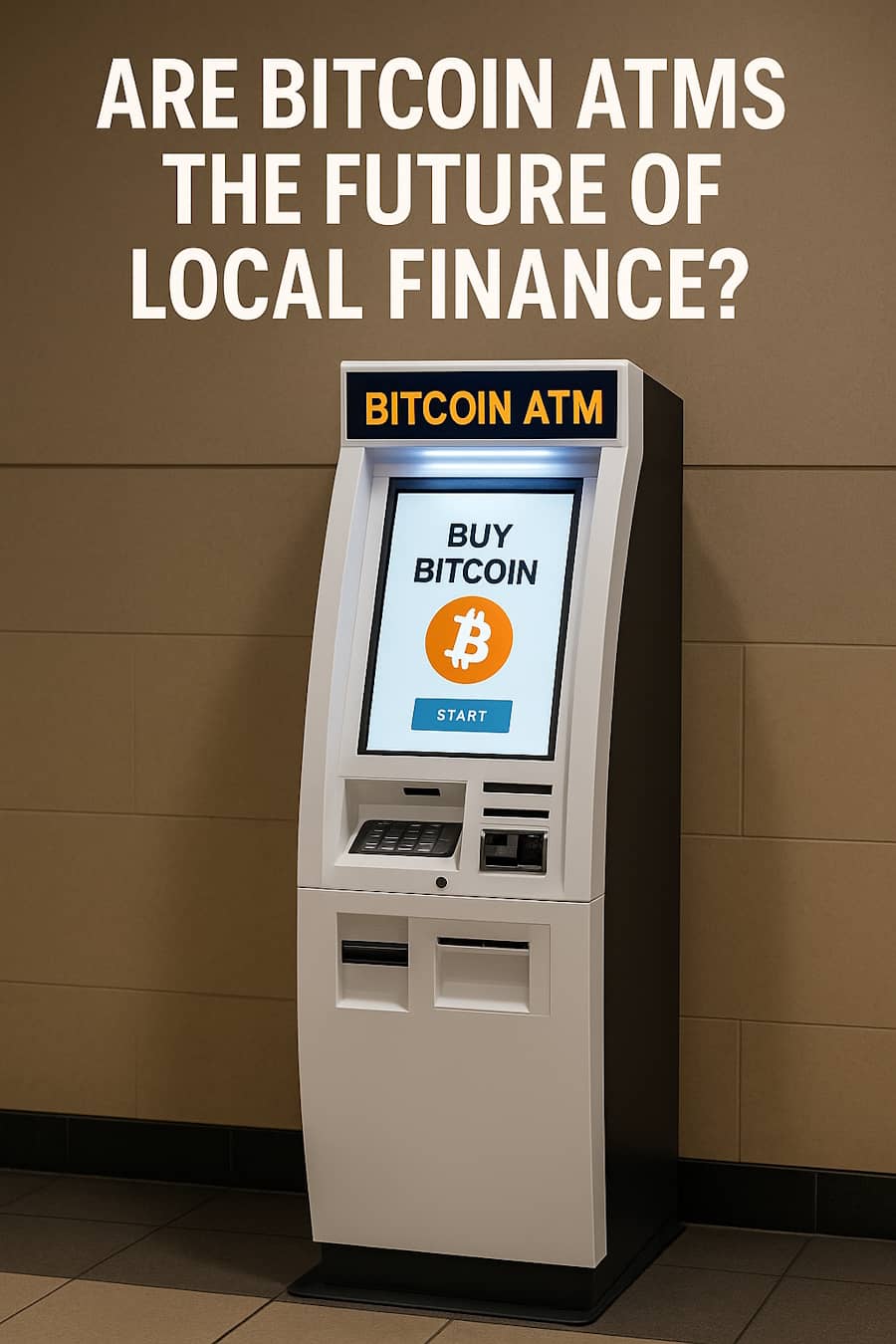Walk into a 7-Eleven in Dallas, a gas station in Phoenix, or a corner bodega in Brooklyn, and you might spot something unexpected next to the traditional ATM: a brightly lit kiosk offering Bitcoin purchases. These crypto dispensers are appearing across America at a remarkable pace, changing how everyday people access digital currency without needing tech expertise or online exchanges.
Why Crypto Kiosks Are Catching On
Bitcoin ATMs appeal to users for several practical reasons that traditional exchanges can't match. Speed ranks high with transactions complete in minutes instead of the days required for bank transfers to fund exchange accounts. The in-person, cash-based nature provides a level of privacy that appeals to users uncomfortable linking bank accounts to crypto platforms. According to Coin ATM Radar, the United States hosts over 30,000 cryptocurrency ATMs as of 2024, representing roughly 87% of all crypto ATMs globally. This explosive growth reflects genuine demand for accessible entry points into digital currency. The low barrier to entry is important too, with no account creation, no identity verification beyond basic requirements, and no need to navigate complex trading platforms. You simply walk up with cash, scan a QR code from your wallet app, insert bills, and receive Bitcoin within minutes.
Use Cases Beyond Early Adopters
While tech enthusiasts initially dominated crypto ATM usage, the customer base has diversified. Immigrant communities use them for remittances, converting dollars to Bitcoin and sending it internationally, where recipients can cash out in local currency, often faster and cheaper than traditional wire services. Gig economy workers and freelancers receiving cryptocurrency payments appreciate the ability to convert digital earnings to cash without waiting for bank processing. Some users view regular small Bitcoin purchases as inflation hedging, building positions incrementally through local ATMs instead of making large online investments. Small business owners in underbanked areas sometimes use them when traditional banking services prove inconvenient or inaccessible.
What to Know Before Using One
Bitcoin ATMs offer convenience but come with considerations users should understand beforehand. Fees typically run 7-15% of transaction value, which is significantly higher than online exchanges but reflective of the instant, in-person service model. Identity requirements vary by transaction size; smaller purchases may require only a phone number, while larger amounts trigger Know Your Customer (KYC) verification, including ID scanning. The AARP, among others, reports that while most transactions are legitimate, scammers sometimes direct victims to Bitcoin ATMs for payment, so never send cryptocurrency to someone claiming to be from the IRS, tech support, or a romantic interest you've never met in person. Always verify you're using a reputable operator and double-check wallet addresses before confirming transactions.
Local Relevance, Global Trend
The proliferation of Bitcoin ATMs and crypto ATMs in neighborhoods nationwide is more than a technological novelty, and it signals a shift toward decentralized and in-person finance options. As digital currency becomes more mainstream, physical access points bridge the gap between traditional cash-based habits and emerging financial technologies. Whether this trend is the future of local finance or simply one transitional chapter remains to be seen, but the rapid adoption suggests these machines are meeting real needs for thousands of Americans looking for simpler cryptocurrency access.
Bitcoin ATMs occupy an interesting space between old and new financial systems, offering tangible entry points to digital assets while the broader infrastructure continues evolving around them.








